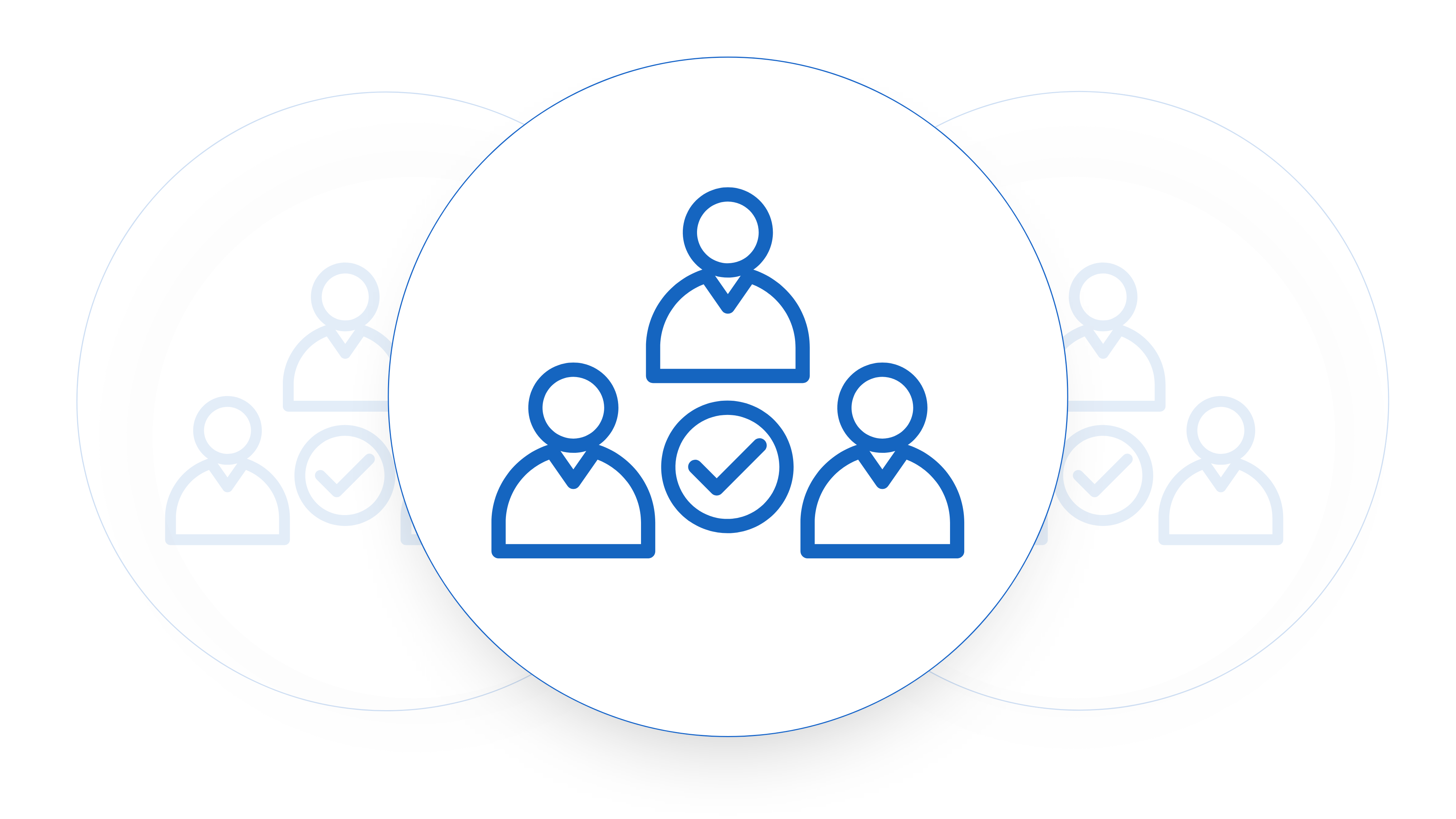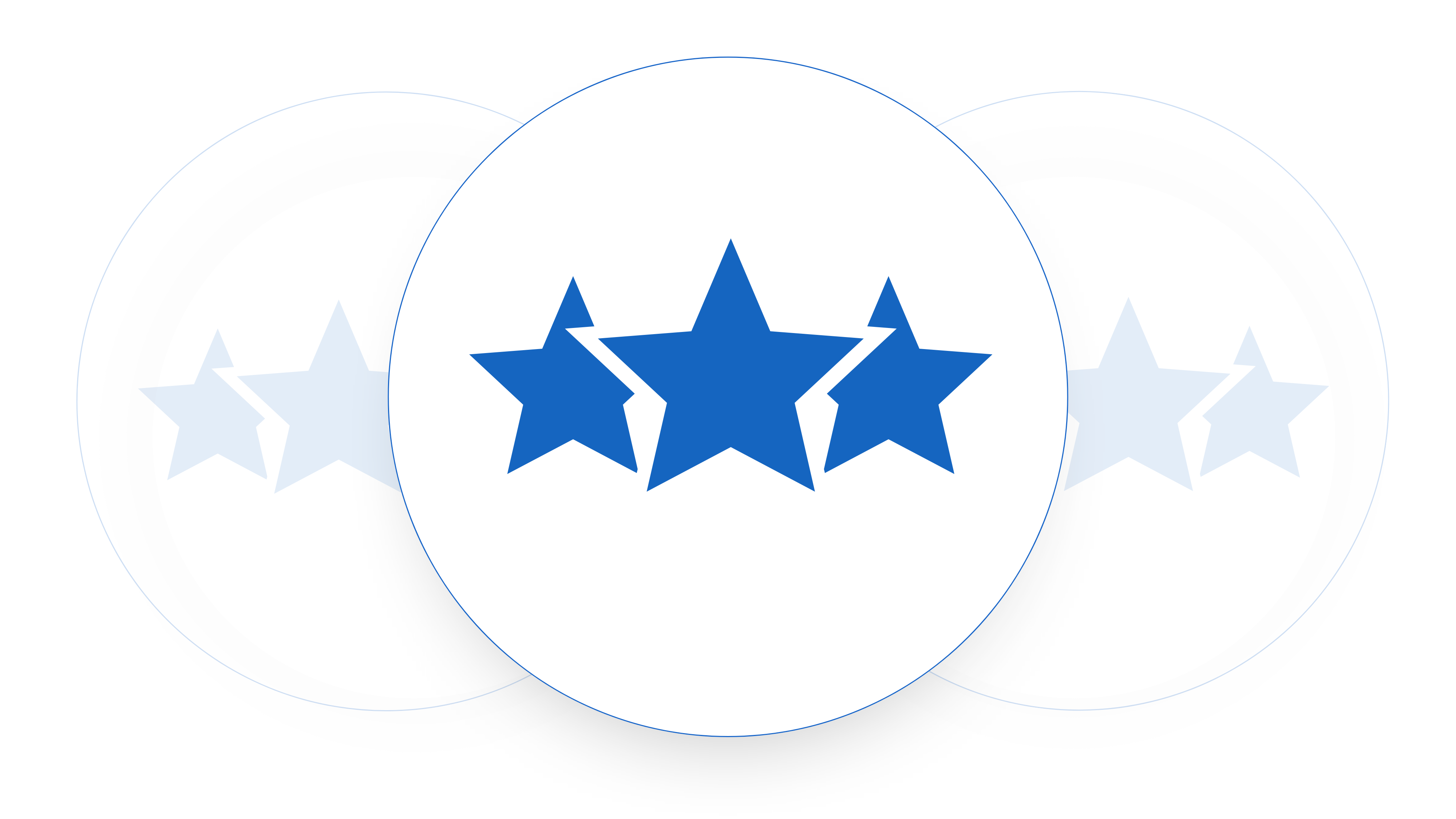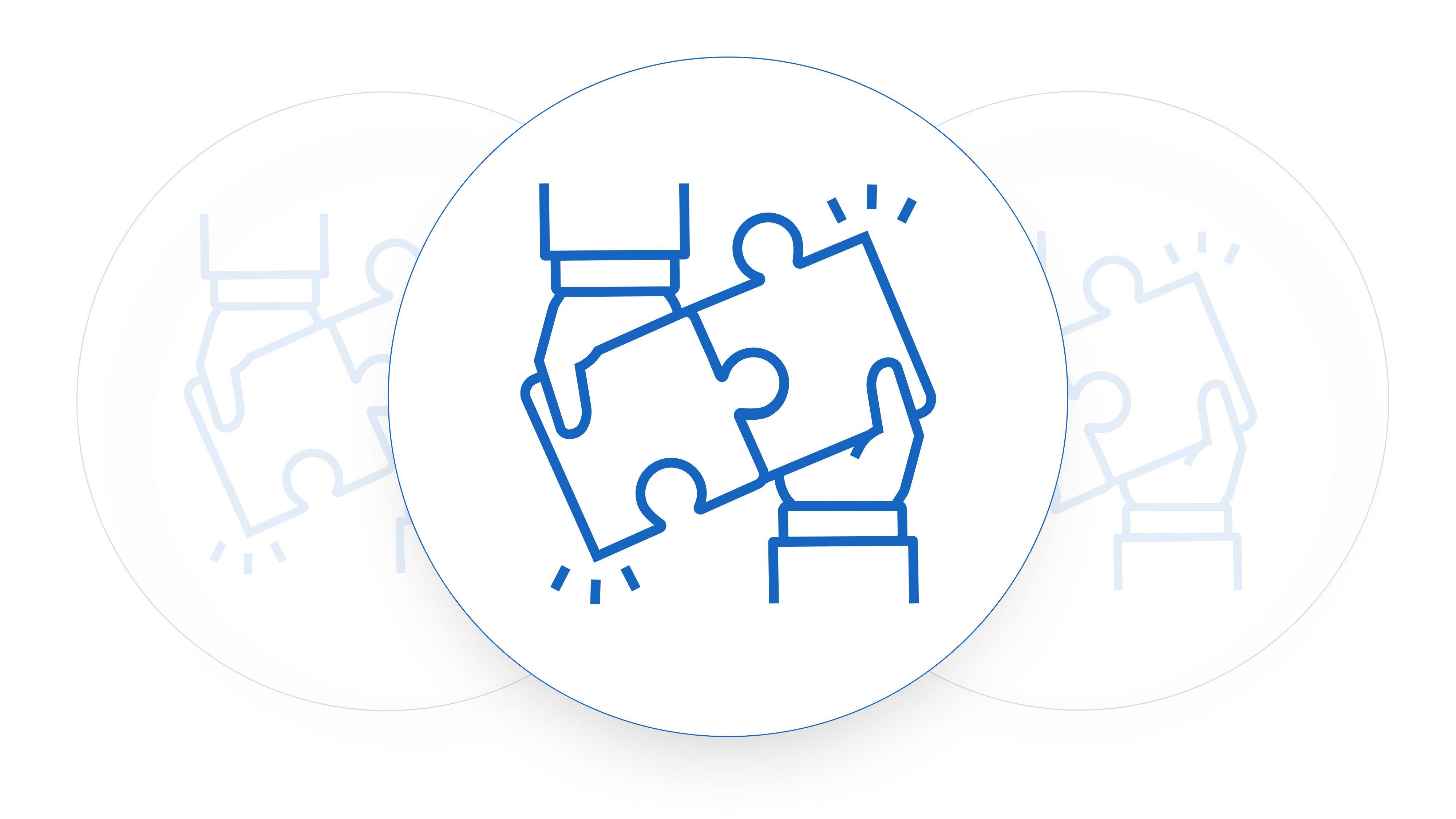Licensing plays a crucial role in software as a service (SaaS) sales contracts. As it defines how customers can use the software and protects the intellectual property rights of the software provider. Understanding the question of what is software licensing? and how you can implement it into your contracts will help to speed up negotiations and reduce risk.
The fundamental idea behind software licensing is to provide guidelines around what a customer can do with your software. And the deliverables related to the software.
Example Licensing Clause
Here’s an example of a licensing clause outlined in a software as a service contract. Granting the customer the right to use the software.
License Grant:
Subject to the terms and conditions of this Service Agreement (“Agreement”), the Licensor hereby grants the Licensee an irrevocable, non-transferable, non-exclusive license to use the software product (“Software”) for the sole purpose of accessing and utilizing the services provided under this Agreement. The license, valid for the duration of the Service Agreement, is strictly limited to the Licensee’s internal business operations and must comply with the outlined usage limits and specifications.
After granting the license the contract will go on to define the restrictions around the grant. In this particular instance we can see that what is software licensing is the restriction of the customer not being able to transfer usage to any other party and not to duplicate the software.
Restrictions:
- The Licensee shall not sublicense, assign, transfer, or otherwise convey any rights, including this license, to any third party without the prior written consent of the Licensor.
- The Licensee shall not modify, adapt, reverse engineer, decompile, or disassemble the Software, in whole or in part, except to the extent expressly permitted by applicable law.
- The Licensee shall not use the Software for any purpose other than that expressly permitted under this Agreement, including but not limited to any unlawful or unauthorized purposes.
- The Licensee shall not copy, reproduce, distribute, or disclose the Software or any related documentation to any third party, except as required for the Licensee’s authorized use of the Software.
Importantly next the licensor (the company selling the SaaS product) outlines that they maintain ownership of the underlying software.
Ownership:
The Licensor retains all right, title, and interest in and to the Software, including all intellectual property rights therein. This Agreement doesn’t confer any ownership interest in the Software, and the Licensee acknowledges that its rights are limited to the scope of this license.
The text then outlines the consequences if the contract is terminated for any reason.
Contract Termination:
This license shall automatically terminate upon the expiration or termination of this Service Agreement, or if the Licensee breaches any of the terms and conditions of this Agreement. Upon termination, the Licensee shall immediately cease using the Software and return or destroy all copies of the Software and related documentation in its possession.
It’s crucial to understand the jurisdiction governing the contract, as it affects the definition of many terms and determines the location for settling disagreements.
Contract Governing Law:
This Agreement shall be governed by and construed in accordance with the laws of [Jurisdiction], without regard to its conflict of law principles.
And the licensing agreement generally includes a clause that refers to the wider agreement.
Entire Agreement:
This clause, along with the terms and conditions of this Service Agreement, constitutes the entire agreement between the parties with respect to the subject matter herein and supersedes all prior and contemporaneous agreements, understandings, negotiations, and discussions, whether oral or written.
Incorporate this clause into your Service Agreement as needed, ensuring that it aligns with the specific terms and requirements of your software and service arrangement. Always seek legal counsel to review and customize such clauses to meet the unique circumstances of your business and the software involved.
Redline What Matters
Raise Changes For Approval To Turnaround Contracts Faster
What is Software Licensing – Common Concepts
SaaS contracts can utilize the concept of licensing in several ways:
Scope of License
Define the license scope, specifying what the customer can do with the software, including details about users, devices, or locations.
Licensing Duration
Specify the duration of the license, whether it’s a fixed-term or a perpetual license. Fixed-term licenses are common in SaaS to ensure customers pay for ongoing updates and support.
Licensing Restrictions
Specify any restrictions on software usage. For example, you might restrict reverse engineering, redistribution, or using the software for illegal purposes.
Updates and Upgrades
Define whether the license includes updates and upgrades. Many SaaS contracts include free updates during the license term.
Support and Maintenance
Specify the level of support and maintenance the customer will receive including reference to a SaaS service level agreement. This can include response times for customer support, bug fixes, and access to new features.
Termination Clause
Describe conditions under which the license can be terminated, such as non-payment or violation of terms. Include procedures for data backup and transition in case of termination.
License Transfers
Decide whether you can transfer or assign the license to another entity and specify the conditions.
Usage Metrics and Reporting
In some cases, you may want to monitor the customer’s usage of the software to ensure compliance with the license terms. Clearly outline how to measure and report usage.
Compliance Audits
Reserve the right to audit the customer’s usage to ensure compliance with the license terms. Specify how and when these audits may occur.
SaaS Intellectual Property Rights
Clearly state that the software provider retains all intellectual property rights to the software. This helps protect against unauthorized use or distribution.
Open Source Components
If the software includes open-source components, disclose this and specify any licensing obligations associated with those components.
Export Control
If your software is subject to export control laws, include provisions to ensure compliance with these regulations.
Indemnification Clauses
Define who is responsible for legal liabilities that may arise due to the software’s use, and specify any indemnification clauses.
Liability and Warranty
Describe any warranties or disclaimers related to the software’s performance, and limit the software provider’s liability to the extent allowed by law.
Governing Law and Dispute Resolution
Specify the governing law for the contract and how disputes will be resolved, whether through arbitration or litigation.
Confidentiality and Privacy in Contracts
Include confidentiality provisions to protect sensitive information exchanged during the contract.
User Authentication and Access Control
If relevant, detail how user authentication and access control will be managed to ensure only authorized users can access the SaaS platform.
Contract Data Protection and Privacy
If the SaaS involves processing personal data, ensure that the contract complies with data protection and privacy regulations, such as GDPR.
Escrow Agreements
Consider escrow agreements to provide customers with access to the source code in case of the software provider’s bankruptcy or inability to maintain the service.
Customization and Integration
Address any customization or integration of the software into the customer’s systems, including who owns the resulting modifications and any associated licensing.
When you are developing your SaaS contracts it’s crucial to involve legal experts with expertise in software licensing when drafting agreements, as these agreements can be complex and have significant legal implications for both the software provider and the customer. The specifics of the contract will depend on the nature of the software, the industry, and the specific business arrangements. You can find a SaaS lawyer to help you allow the way in our SaaS lawyer directory.











